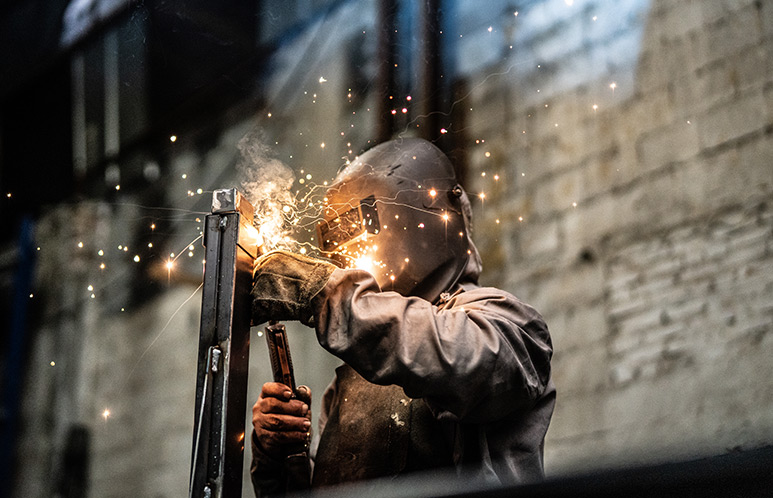The Gas Guy here. Every year the Occupational Safety & Health Administration (OSHA) releases its top 10 violations for the fiscal year. These violations represent citations issued by OSHA staff conducting safety inspections of workplaces to assess adherence to the federal requirements.
Counting down to the top violation, the list from 2018 (the most recent list released—the new list will be out in October of 2019) includes a link to the violated regulation and the number of violations. OSHA’s top 10 violations of 2018 were:
- #10. Personal Protective and Lifesaving Equipment—Eye and Face Protection, 1926.102: 1,536 Violations
- #9. Machine Guarding, 1926.212: 1,972 Violations
- #8. Fall Protection—Training Requirements, 1926.503: 1,982 Violations
- #7. Powered Industrial Trucks, 1910.178: 2,294 Violations
- #6. Ladders, 1926.1053: 2,812 Violations
- #5. Lockout/Tagout, 1910.147: 2,944 Violations
- #4. Respiratory Protection, 1910.134: 3,118 Violations
- #3. Scaffolds—General Requirements, 1926.451: 3,336 Violations
- #2. Hazard Communication, 1910.1200: 4,552 Violations
- #1. Fall Protection—General Requirements, 1926.501: 7,720 Violations
As OSHA makes clear, the list of the most commonly cited violations changes little from year to year. Generally, these violations remain relatively static year-to-year. In fact, comparing the 2018 top 10 to the 2017 violations, the only change in the top 9 is that position 8 and 9 switched.
Wear Protection
With the tenth most frequently cited violation; however, there is a substantial change. In 2017, this position was held by Electrical—Wiring Methods, but this violation has not made the list this year. Instead, it is replaced by violations to CFR 1926.102 for Eye and Face Protection, marking the first time violations to its requirements has made it into OSHA’s top 10.
The OSHA Eye and Face regulations require employers to provide and maintain adequate personal protective equipment for workers. §1926.95 also details when an employer must pay for PPE and when an employee may pay for it him- or herself. The need to protect your eyes and face should be obvious, and not even just for the especially vain. Whether you’re welding, cutting or grinding, protecting that beautiful face of yours should be a no-brainer.
Be Careful up There
Year after year, fall protection tops the list. Note that these violations only mark the instances in which a citation was issued for not complying with OSHA requirements. However, just like the numerous violations for fall protection, falls are the leading cause of death in construction. In fact, in 2016, there were 370 fatal falls to a lower level, taking up a sizeable chunk of the 991 total construction fatalities.
Breathe Right
Using a respirator properly in the workplace takes more than strapping one to your face. Employers must complete medical evaluations to protect the employee, perform fit-testing to ensure respirators function properly, and train employees on proper use and maintenance.
Machine Guarding Explained
In Machine Guarding, OSHA requires employers to identify workplace machinery that can cause injury to an employee. Machine injuries can occur at the point of operation, from rotating or moving parts, or from flying chips or sparks.
Increasing Number of Violations
One change between the 2017 and 2018 list of top ten violations cited by OSHA that might be overlooked is that the violations themselves are in far greater numbers than in the 2018 list. Fall Protection racked up 7,720 violations, almost two thousand more than those cited in the previous year. The others haven’t increased by as much, but they have generally gone up by hundreds of citations each.
OSHA’s top 10 violations shed light on overlooked workplace safety factors. According to OSHA, the list serves to “increase awareness of these standards so employers can take steps to find and fix the hazards to prevent injury or illness.”
Back in the day, a favorite TV show of mine that I watched every Thursday night was Hill Street Blues. Each week at roll call, Sergeant Esterhaus would gather the cops of Hill Street together to let them know about all the crime in the area. Murders. Robberies. Burglaries. Arson. You name it, the boys in blue faced it. As he finished up with his pre-shift briefing, he’d bid his officers farewell with the important advice, “Let’s be careful out there.”
The same goes for you on the job site. Be careful out there.

